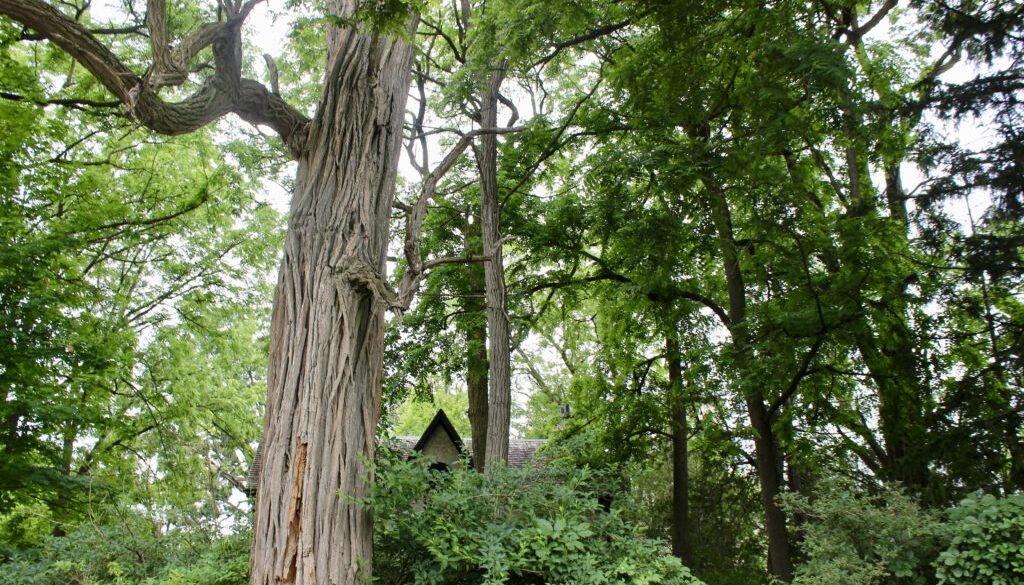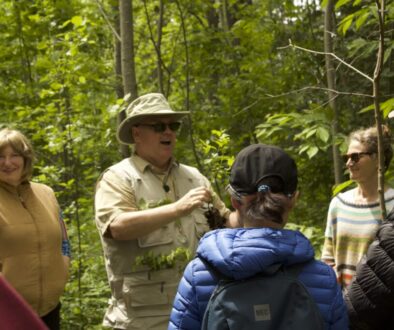How old is that tree?
If you have ever wondered, ‘how
old is that tree?’, here is a simple worksheet which will give you a rough
idea. Because this is an
American source, you will need to convert
your diameter calculation into inches by dividing
by
2.54.
And once you know, it’s fun to ponder what our
community looked like when your tree
was
young!
Instructions
1. Determine
the tree’s diameter (inches) at a height of 4.5 feet from the
ground.
Diameter = circumference / 3.14 inches
2. Use the
table below. The table assigns a growth factor to various tree
species.
Multiply the diameter (inches) by the appropriate growth factor.
Example:
Your cottonwood tree has a diameter of 18 inches at 4.5 feet from the
ground.
18 inches x 2 = 36 years (estimate)
Note: Growth
factor numbers are most accurate for trees grown in healthy forests. Street
and urban trees often are exposed to stressors such as poor soils, damage
from machines and equipment, restricted growing areas, etc. Street and urban
trees have different growth factors and they tend to grow more slowly and be
weaker than healthy forest-grown trees.
Species
Growth Factor
Aspen spp. = 2
American
elm = 4
Austrian pine = 4.5
Basswood = 3
Birch,
paper = 5
Black cherry = 5
Black maple =
5
Black walnut = 4.5
Colorado blue spruce =
4.5
Cottonwood = 2
Green ash = 4
Ironwood =
7
Kentucky coffee tree = 3
Northern red oak =
4
Norway maple = 4.5
Red maple = 4.5
Red pine =
5.5
River birch = 3.5
Scotch pine =
3.5
Shagbark hickory = 7.5
Silver maple =
3
Sugar maple = 5.5
White oak = 5
White pine =
5




